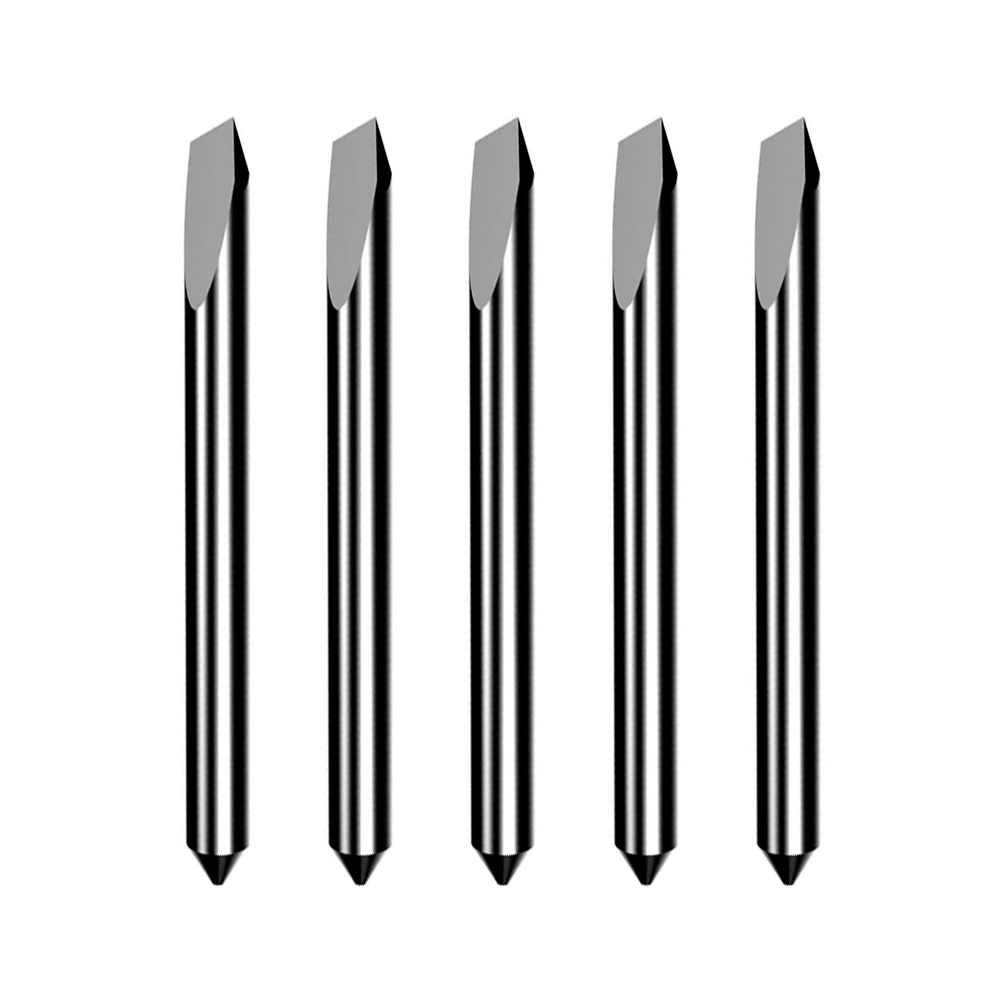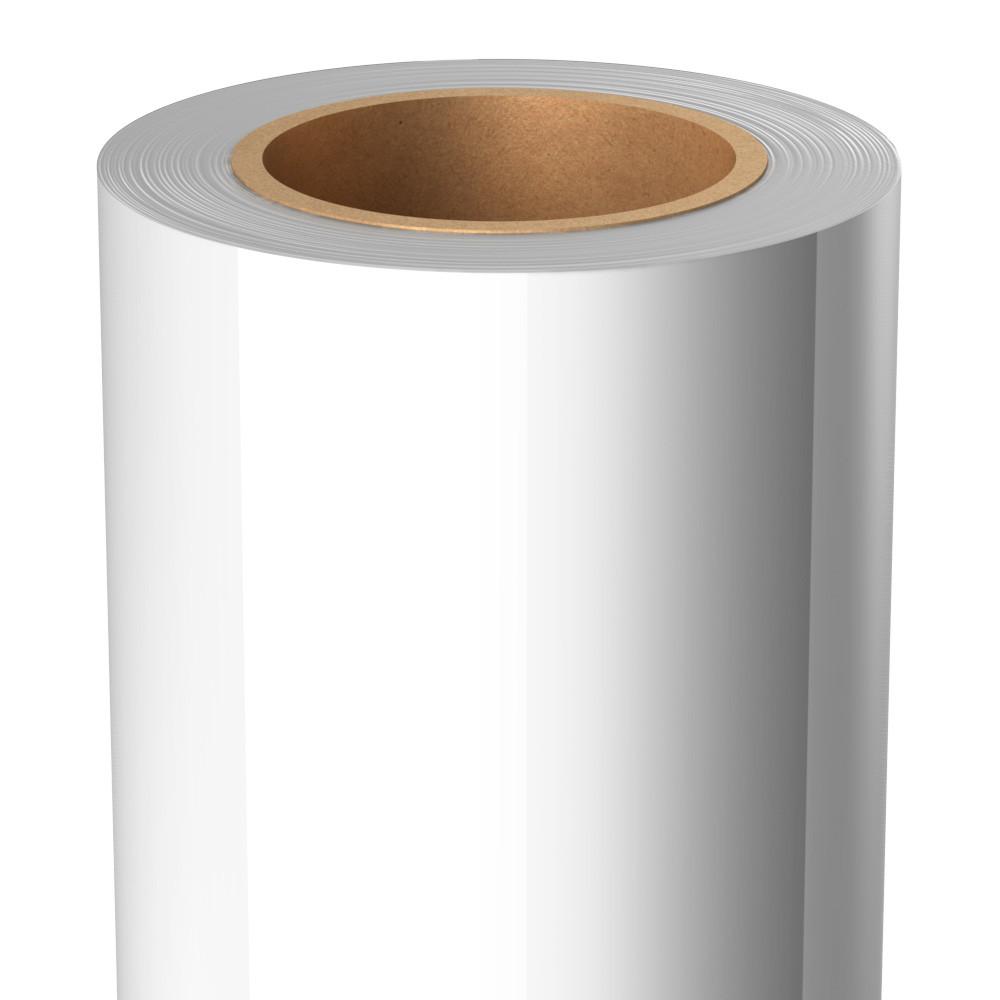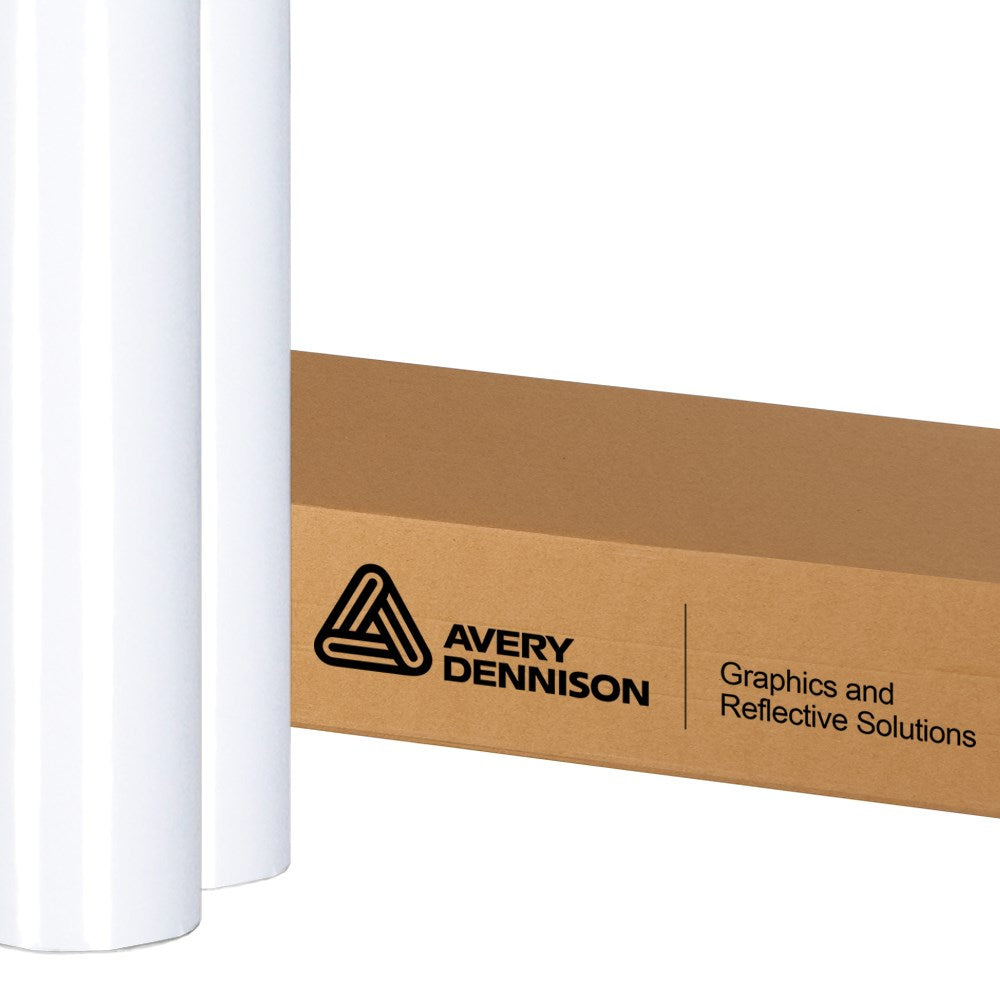Thermal transfer printing is cost-effective and efficient for label printing on a wide range of substrates, but you can invest in the highest quality printer and still produce low-quality prints if you don’t have the right type of printer ribbons. You must match the transfer ribbon to the application, considering both the substrate and the application requirements. After all, the application for car decals will differ from MDF board signs or wall decals.
Choosing the correct industrial ink and printer ribbon will increase your product’s longevity and customer satisfaction. Not all printer ribbons are created equal and they aren’t interchangeable. Just because a ribbon can print on a particular substrate doesn’t mean it will churn out the quality you want. Incompatible ribbons can cause irregular gray shading or even ink transference.
In this article, we’ll dive into each ribbon type and their uses so that you can select the right ribbon for your project!
Full Wax Ribbons
This is the most common type of thermal transfer ribbon. Full wax thermal transfer ribbon is coated with a wax-based ink, allowing it to melt under the heat from the printhead, transferring the wax-based ink to the surface. The end result–the perfect print in the desired area. These ribbons require a lower melting temperature than other ribbons, making them perfect for paper-based materials.
We recommend using this ribbon on uncoated paper stock, including shipping labels, shelf and bin labels, retail labels, and warehouse labels. Keep in mind this type of print is less durable than the other ribbons on this list, but it is the most cost-effective.
Resin-Enhanced Wax Ribbons
Resin-enhanced wax ribbons minimize static and create crisper edges than pure wax ribbons. This allows them to be used on a wider range of substrates, including: Uncoated paper, synthetic paper, polyethylene, and polypropylene. These ribbons have a higher degree of durability and higher printing speeds, making them perfect for:
- Lumber tags
- Flexible packaging
- Film labels
- Logistics labels
- Product identification
- Shipping and warehouse tags
- Retail labels
Wax-Resin Ribbons
This type of ribbon is formulated with a higher proportion of resin compared to the above ribbons. Wax-resin ribbons are composed in a way that dissipates static and creates cleaner prints. They are more durable and can accommodate a wide range of substrates, including the uses we’ve listed for the above ribbon types.
Do you want a sharp quality print on low-end synthetics, such as polystyrene, polyethylene, and top-coated vinyl? This ribbon is your perfect match. These ribbons are ideal for flexible film printing, textile tags, nursery and lumber labeling, healthcare labels, and more.
Full-Resin Ribbons
If you’re looking for a ribbon with both quality and durability as its top priorities, opt for a full-resin ribbon. We recommend these ribbons when your products will be exposed to harsh environments (such as outdoor signage or storage) or chemical exposure. This is the most versatile ribbon as it is capable of printing at high speeds on nearly any substrate.
Resin prints are more durable than wax prints because they can withstand both chemical and mechanical damage. They can be used on the following substrates: paper, tags, vinyl, polyester, polypropylene, polyethylene, and polyolefin. Because of its durability and versatility, this is the most expensive ribbon on this list. That means just because you can use it on anything, doesn’t mean you need to. We recommend opting for this ribbon for:
- Chemical drum labels
- Flexible film printing
- Labeling sensitive medical applications, such as pharmaceutical labels
- Products that will be stored outdoors
The Bottom Line
Thermal transfer ribbons are primarily used for product tracking and retail labeling. When selecting a ribbon, you must consider your desired print volume and speed, the substrates you’re printing on, and the conditions the labels will face after they have been printed (such as environmental exposures, chemical exposures, and handling frequency). All of these factors combined will help you select the ribbon you should purchase and use.
When interacting with clients, make sure to ask them about those factors before you begin printing. Your client will have an accurate idea of where their products will be used and what they will be exposed to–this will help you create the perfect print for their needs!



